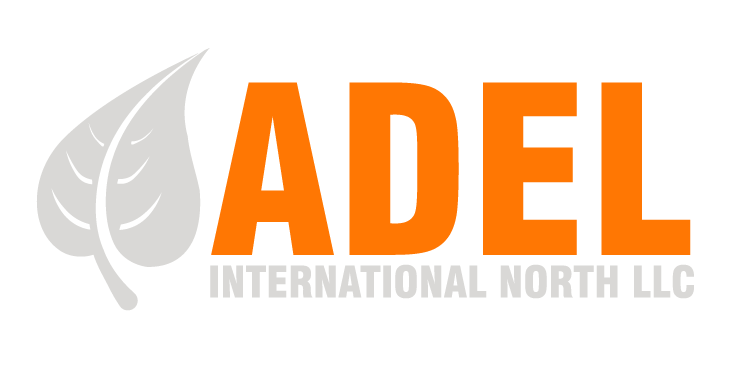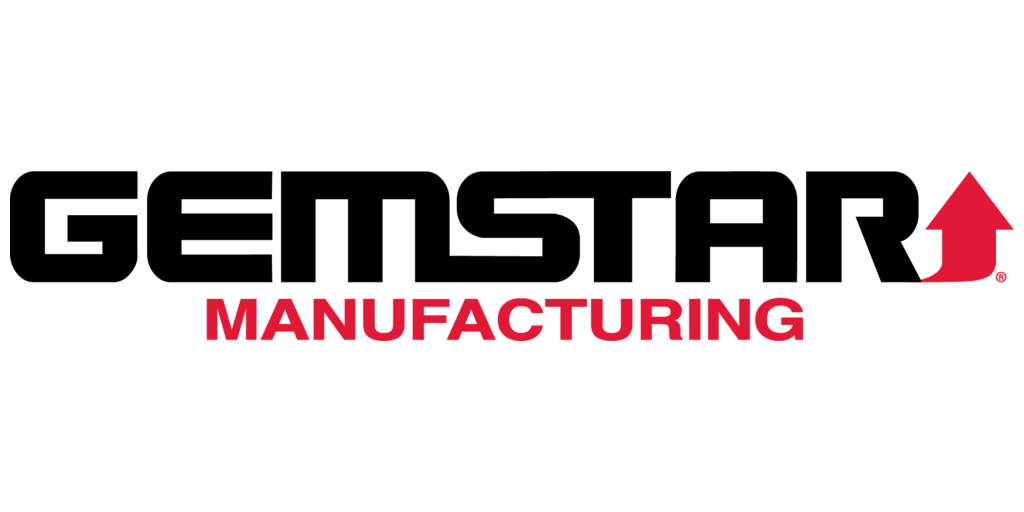Robomolding: The Next Step in Plastic Manufacturing
By: Nick Curry, Social Media Manager
What is Robomolding?
At its core, robomolding is a form of rotational molding powered by robotic systems. In rotational molding, plastic resin is placed inside a hollow mold that rotates in multiple directions while being heated, allowing the resin to coat the interior evenly. Robomolding takes this principle a step further by integrating robotics into the process. This enables manufacturers to create more intricate designs, manage multiple molds simultaneously, and adjust production parameters with minimal downtime.
Unlike injection molding, which requires high pressure and costly steel tooling, robomolding uses lower-cost molds and can accommodate larger, more complex shapes. Robotic control allows for precise manipulation, faster setup, and reduced human intervention, resulting in both consistency and cost savings.
Benefits of Robomolding
1. Design Flexibility
Robomolding makes it possible to manufacture parts with complex geometries, uniform wall thickness, and seamless designs. This opens opportunities for industries that rely on lightweight but strong components, such as aerospace and defense.
2. Cost Efficiency
Because molds used in robomolding are typically less expensive than injection molds, companies save on tooling costs. Additionally, robotics reduces labor expenses and minimizes errors that can lead to wasted material.
3. Scalability and Speed
Robots can operate multiple molds at once, improving throughput without sacrificing quality. Automated systems can also run continuously, supporting high-volume production schedules.
4. Consistency and Quality
Robotic control ensures uniform heating, rotation, and cooling cycles. This results in consistent wall thickness, fewer defects, and stronger, more durable parts.
5. Sustainability
With precise material usage and reduced scrap, robomolding supports more sustainable manufacturing practices. Recycled resins can also be integrated into the process, aligning with companies’ environmental goals.
LinkedIn: https://www.linkedin.com/companyadel-international-north-ll

